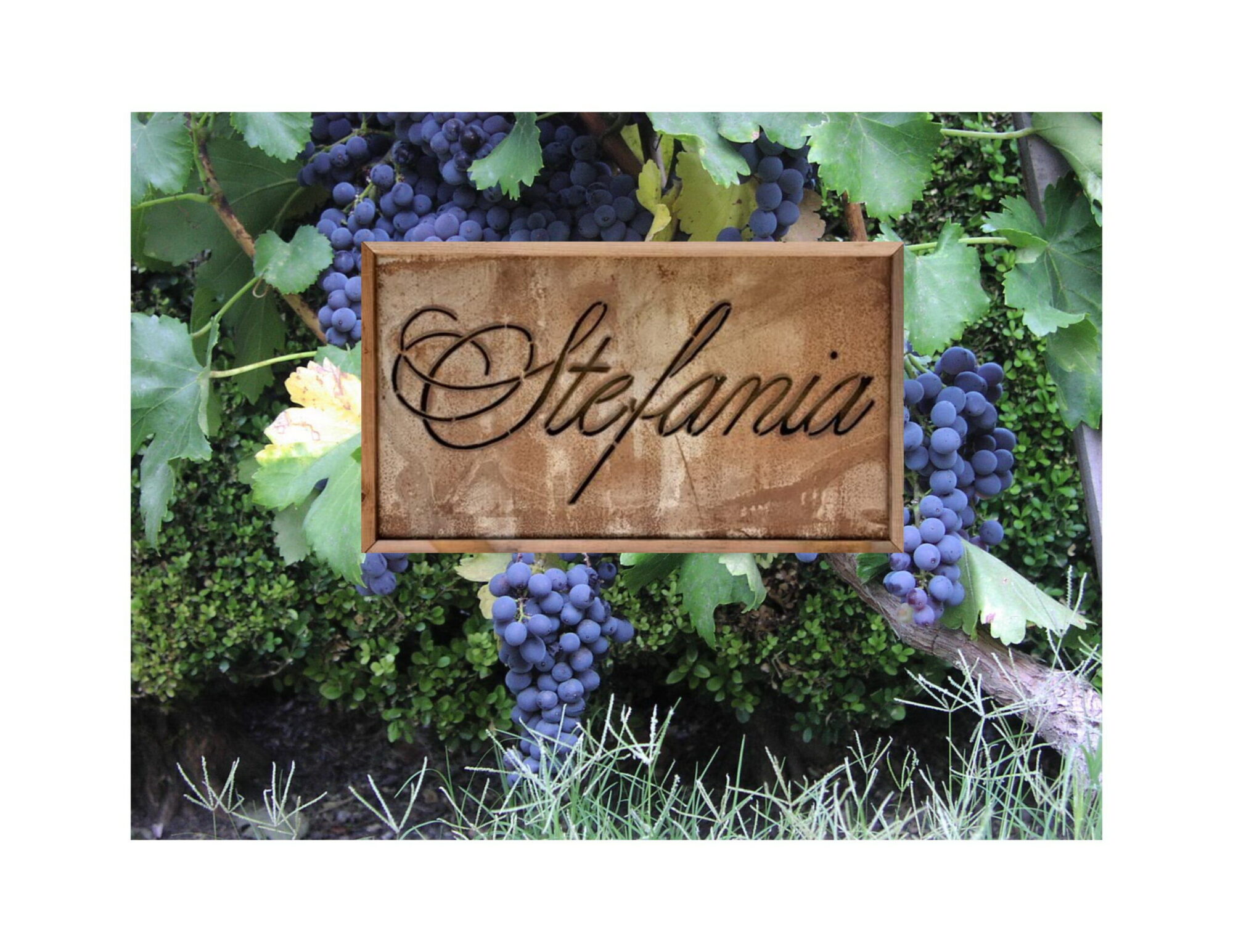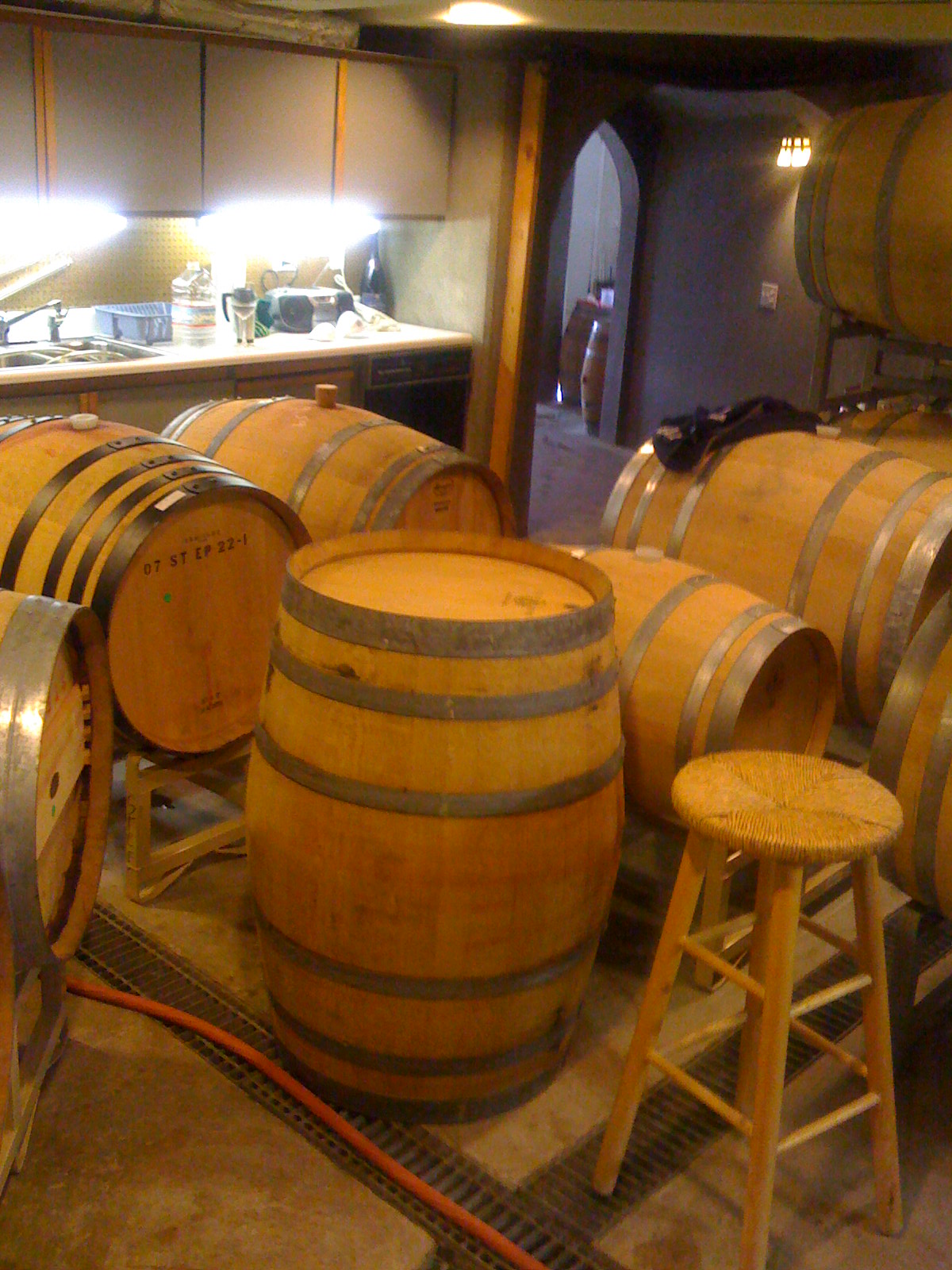Saturday was a cold and rainy day. We headed up to the winery for a long day of work inside so at least we’d be mostly dry. We still had 15 barrels to get through the first racking and sulfuring of the year. Malolactic fermentation has been slow this year and 5 different lots were just finishing up.
We can’t add sulfur to the wines before Malo has completed or the sulfur will kill the Malo bacteria along with the bad bacteria. The longer we go though the greater the risk of those bad bacteria showing up so it’s been a tense few months.
Stefania started by setting up her lab and I got the pump, tanks and barrel cleaner ready. We had lab results back from the lab we have to do our government testing with so we didn’t need to do much in the way of actual measurements, but we would have to prepare SO2 for every wine and Tartaric Acid for a few.
One routine we always have is that a second person must verify that the pump is hooked up right and all the seals on the tanks are closed. This helps prevent oversight and shooting wine all over the place.
We had five different lots to work with; Crimson Clover Cab ,Harvest Moon Cab, Coastview Syrah, Mourvedre and Haut Tubee. Everything would get an SO2 treatment of 40-50 ppm depending on the pH of the wine. The Mourvedre, Harvest Moon and Haut Tubee would also have Tartaric added to lower pH.
We combined some of the Crimson Clover Cabernet, with some Peacock Cab Franc and a little Harvest Moon Cab to start a Santa Clara Valley Cabernet blend. The rest of the Harvest Moon and the Haut t was kept on its own for now. We finished up the day about 5PM by filing the tanks with Coastview Syrah in tank #1 and Mourvedre in tank #2 and left them to settle for the night.
We returned the next day to get those wines back in barrel and spent just 3 hours compared to the 8 the day before. We started our GSM blend by putting some of the Syrah in with some of the Mourvedre, but kept two barrels of each on their own. In the end we had 14 barrels and topping wine.
Each barrel is rinsed and cleaned as part of the process on the barrel holder below. The holder allows the barrel to spin and Stefania usually does this job.
I was really happy with the Mourvedre. Our original plan was to blend all of it into the GSM blend or the Haut Tubee, but we may keep some on its own. The other wines were all good as well, and I’m excited about the final wines. After a rough weather year last year it looks like we still ended up with good wine.






